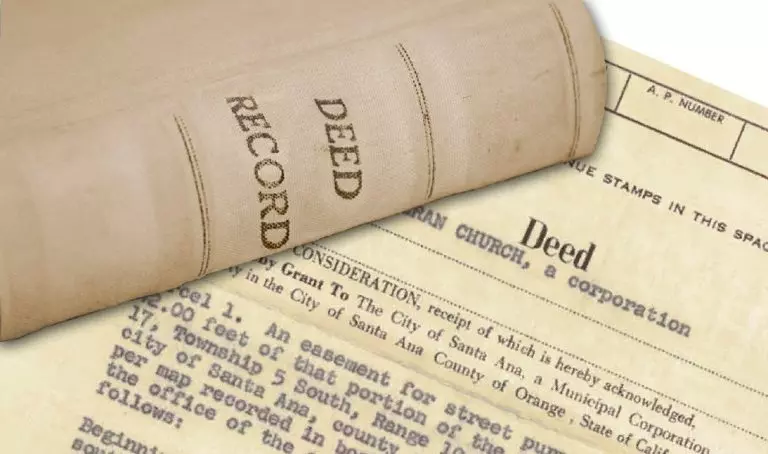Understanding the Title Process When Buying a Home

Understanding the Title Process When Buying a Home
When buying a home, there are many moving parts—negotiations, inspections, appraisals—but one of the most important, and often overlooked, steps is the title process. While it might not be as exciting as picking out paint colors or touring properties, understanding how the title process works is crucial to protecting your investment and ensuring that the home you’re purchasing truly becomes yours—free and clear.
The title to a property is essentially the legal right to own, use, and transfer that property. It includes not only the house itself but also the land it's on. When you purchase a home, you're not just acquiring a physical space; you're also assuming full legal ownership. But before that can happen, a clear and marketable title must be confirmed through a detailed process.
It all begins with a title search. This is conducted by a title company or real estate attorney, who examines public records to trace the property's ownership history. The goal is to uncover any potential issues—known as title defects—that could prevent a smooth transfer of ownership. These issues can range from unpaid taxes and mechanics’ liens (claims from contractors who haven’t been paid) to errors in public records, undisclosed heirs, forged signatures, or unresolved legal judgments. Even something as small as a clerical error in a deed from decades ago could pose a major problem today.
Once the search is complete, a title report is generated and shared with the buyer and lender. If any issues are found, they must be addressed before the sale can move forward. This might involve the seller paying off a lien or resolving a legal claim. The goal is to ensure the buyer receives a “clear title,” meaning there are no legal questions or claims on the property.
After clearing any issues, the buyer typically purchases title insurance. There are two types—lender’s title insurance, which protects the lender’s interest, and owner’s title insurance, which protects you. This insurance offers protection in case a previously undiscovered issue surfaces after closing—such as a missing heir or a forged document. While title insurance is a one-time cost, it offers long-term peace of mind.
Finally, during the closing process, the title is officially transferred to the buyer. The deed is signed and recorded with the county, completing the legal ownership process. At this point, you become the rightful owner of the home, backed by documentation and protection against future disputes.
Though it happens mostly behind the scenes, the title process is one of the most critical safeguards in a real estate transaction. It protects buyers from future legal trouble and ensures that the home they fall in love with is truly theirs. By understanding how it works, you can approach the homebuying journey with more confidence—and peace of mind that your dream home is legally and securely yours.
Categories
Recent Posts










